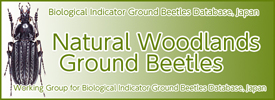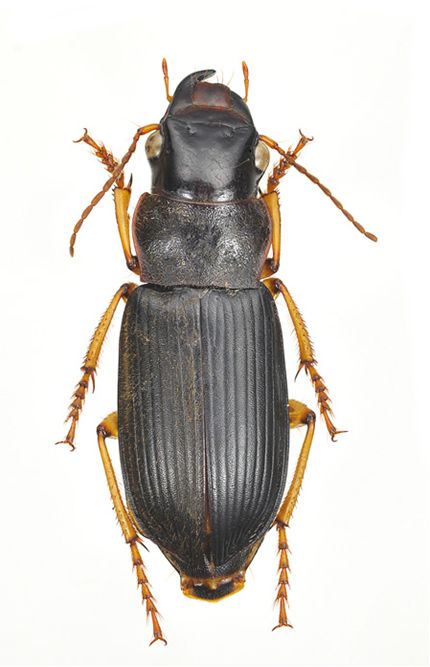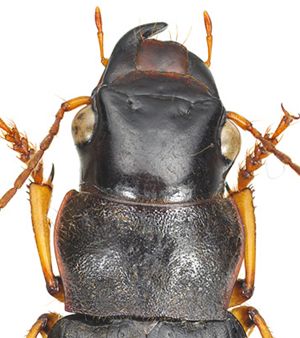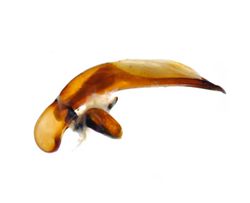| Ecology |
flatland (Ishitani 1996), under stones on bank (Inoue 1952r), under the decayed wood in mountain (Inoue 1952r), farm field (Okutani et al. 1971, Inoue 1979a), paddy levee (Inoue 1974c, Inoue 1975a, Inoue 1976a, Inoue 1977a, Inoue 1977b), grassland and firm field in flatland (Inoue 1977e), crop field (Inoue and Hanada 1979, Inoue 1980a), bank (Togashi 1986, Aono 1987, Aono 1988), burnt field (Togashi 1988), vineyard (Yano et al. 1989, Togashi and Ohbata 1995), grassland adjoining to paddy field (Tanaka 1991a, 1991b), meadow (Tanaka 1991a, 1991b), grassland in the riparian bank (Tanaka 1991b), grassland in the bank (Tanaka 1991b), slope of mound (Sunose 1992, Sunose and Kurosawa 1992), fallow field (Sunose 1992, Sunose and Kurosawa 1992), pear orchard (Togashi and Ura 1994), fig orchard (Ishitani and Yano 1994, Ishitani 1996), riverbed (Ishii et al. 1996, Ishitani 1996, Ishitani et al. 1997, Yamazaki et al. 1999, Lee and Ishii 2009, 2010), field of residential area (Ishitani 1996), rape field (Ishitani 1996), residential area (Ishitani 1996), forest edge (Kato 2000), forest (Siddiquee and Nakamura 2004), coppice forest (Taniwaki et al. 2005), grassland (Taniwaki et al. 2005), larva (Inoue 1952r, Inoue 1980a), adult (Suda 1980), adult or larva (Ishitani 1996, Yamazaki et al. 1999), from September to October (Inoue 1952r), adults found on the 10th of October laid several eggs (Habu 1973d), autumn (Tanaka 1991b, Yamazaki et al. 1999), from August to September (Ishitani 1996), omnivorous (Ishitani 1996), The adults are known to feed the ears of cereal crops heaped (Matsumura 1915, Matsumura 1932, Shiraki, 1940, Inoue 1952e, Shiraki 1954), they climb the stem of cultivated Polygonum hydropiper Linne at night and eat the seeds (Yago 1938, Yago 1939), cutworms (Matsumura 1897, Syojima 1905), maggots (Matsumura 1897), wireworms (Matsumura 1897), snails (Matsumura 1897), earthworms (Matsumura 1897), grubs (Matsumura 1897), the adults attacked the maggots of Pales pavida Meigen (Takaoka 1950), the larvae are feed the roots of gramineous plants (Shiraki 1940), strawberry (Inoue 1952r), snail (Inoue 1952r), earthworm (Matsumura 1897, Inoue 1952r), immature seeds of barley and wheat (Inoue 1952r), nocturnal (Tanaka 1991a), often coming flying to the lights in summer (Inoue 1952r, Inoue 1973j, Suda 1980, Kasahara and Nishiyama 1990), collected by light trapping (Inoue 1974c, Inoue 1975a, Inoue 1976a, Inoue 1977a, Inoue 1977b, Aono 1988, Ishitani 1996, Yahiro 1997), synovigenic type (Ishitani 1996) |
 |
| 






